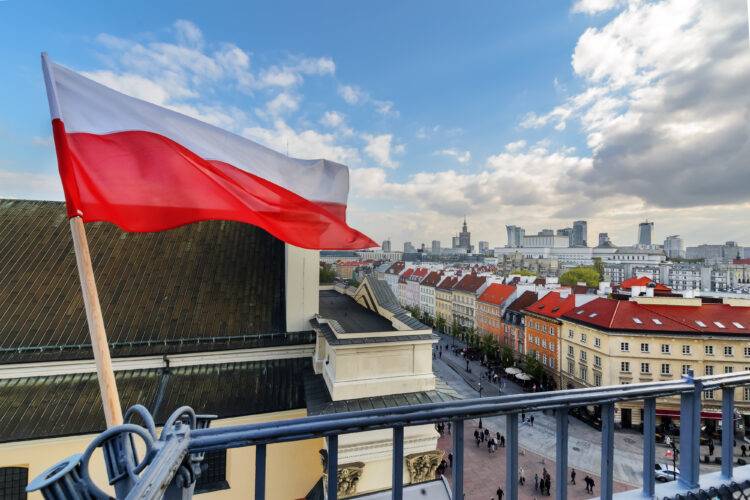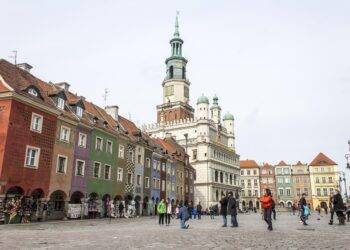Every year on May 2nd, Poland bursts into a vivid display of white and red as the nation celebrates its Flag Day. This day, devoted to honoring the national flag, is an important fixture in the Polish calendar, encapsulating the pride, history, and enduring spirit of the Polish people. This blog post explores the rich history of the Polish flag, the symbolism behind its colors, the evolution of Flag Day, and the various celebrations that animate this patriotic holiday.
- More News from Poland on our Homepage.
- Sign up to our Newsletter
The Polish flag features two horizontal stripes of equal width—the top stripe is white and the bottom one is red. These colors are derived from the national coat of arms, which consists of a white eagle on a red field. The white is said to represent peace and integrity, while the red stands for the blood shed in the country’s fight for independence. Together, they reflect a nation that values peace but is ready to defend its sovereignty and principles.
The flag’s design is rooted in Poland’s long and tumultuous history. It was officially adopted on August 1, 1919, shortly after Poland regained independence following World War I. However, the colors themselves have been significant to Poland since at least the 13th century, making them among the oldest national colors in Europe. Over the centuries, these colors have adorned the banners of kings and soldiers, becoming deeply embedded in the Polish national consciousness and symbolizing the country’s endurance through periods of partition and occupation.
The Origin and Observance of Polish Flag Day
Polish Flag Day was established relatively recently. Before its inception, the flag was traditionally honored on May 3rd, in connection with Constitution Day, which commemorates the adoption of the Polish Constitution of 1791. However, to give the flag its own distinct day of celebration, Polish Flag Day was officially instituted by law on February 20, 2004. The separation of the two holidays allows for focused celebration of both the national emblem and the historic constitution.
The decision to set Flag Day on May 2nd also serves as a symbolic bridge between Constitution Day on May 3rd and International Workers’ Day on May 1st, embedding it within a period of significant national importance. This placement highlights the flag’s role in representing all aspects of Polish society, from its political history to its social and economic achievements.
Celebrations Across the Nation
On May 2nd, Poland sees a wide range of festivities and patriotic displays. Public buildings, private homes, and even cars are adorned with the national colors. Official ceremonies often include the raising of the flag, military parades, and cultural performances, attended by government officials, local dignitaries, and communities. Schools and educational institutions host special programs to educate the younger generation about the flag’s history and significance, ensuring that respect and reverence for national symbols are passed down through the ages.
In addition to formal events, many Poles take to social media to express their national pride, sharing images and stories related to the flag and its history. Community gatherings, historical reenactments, and discussions at cultural centers and museums also mark this day, providing a platform for reflective celebration and patriotic education.
Polish Flag Day is more than just a day for flying a flag; it is a day that weaves together the fabric of national identity and pride, celebrated across generations and communities. It reminds the citizens of Poland—and the world—of the resilience and unity that the flag represents, making it a potent symbol of the nation’s past struggles and its hopes for the future. As Poland continues to evolve, so too does the meaning of this day, adapting to reflect the contemporary values and spirit of the Polish people while staying firmly rooted in its rich historical legacy.


















